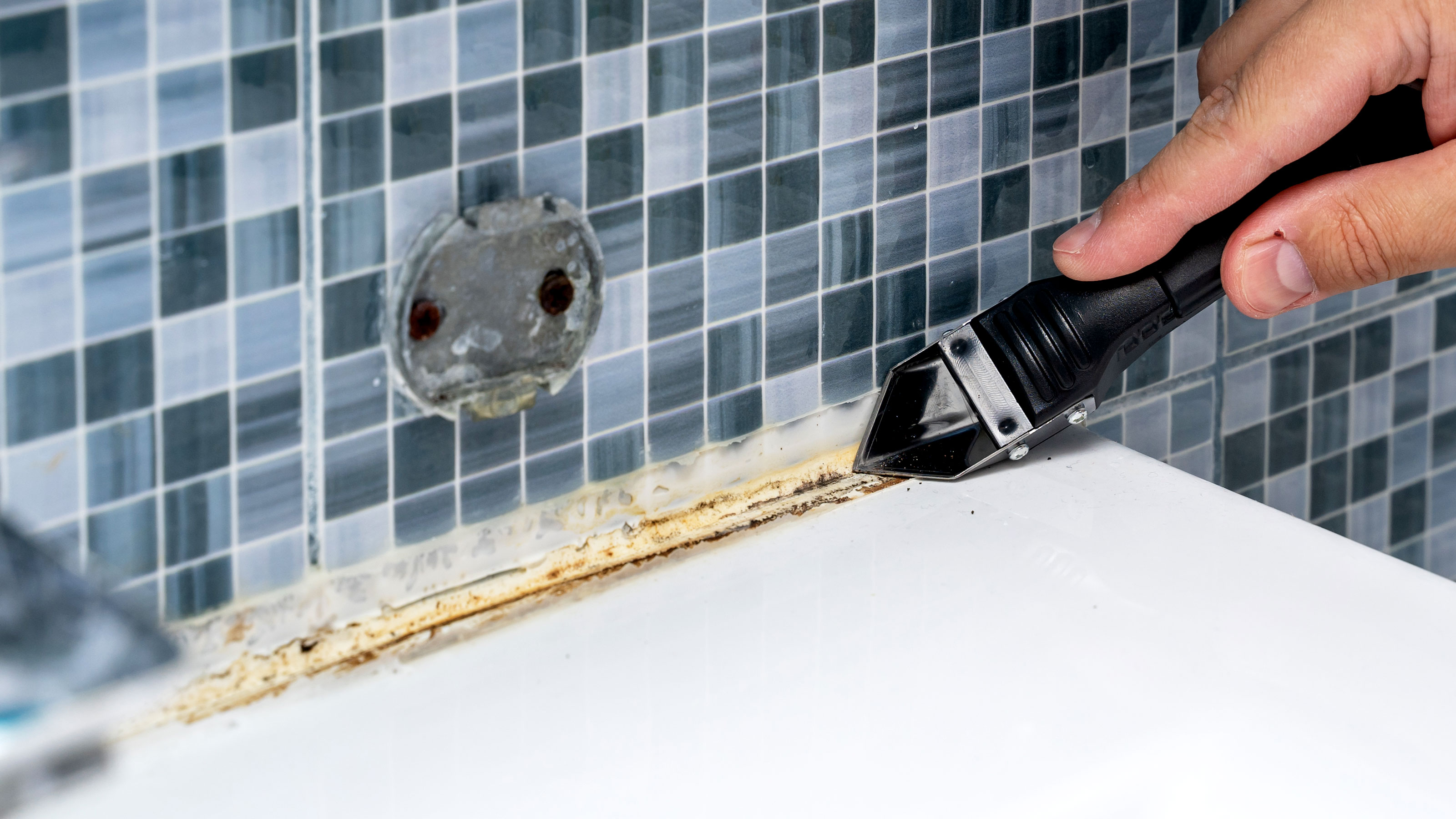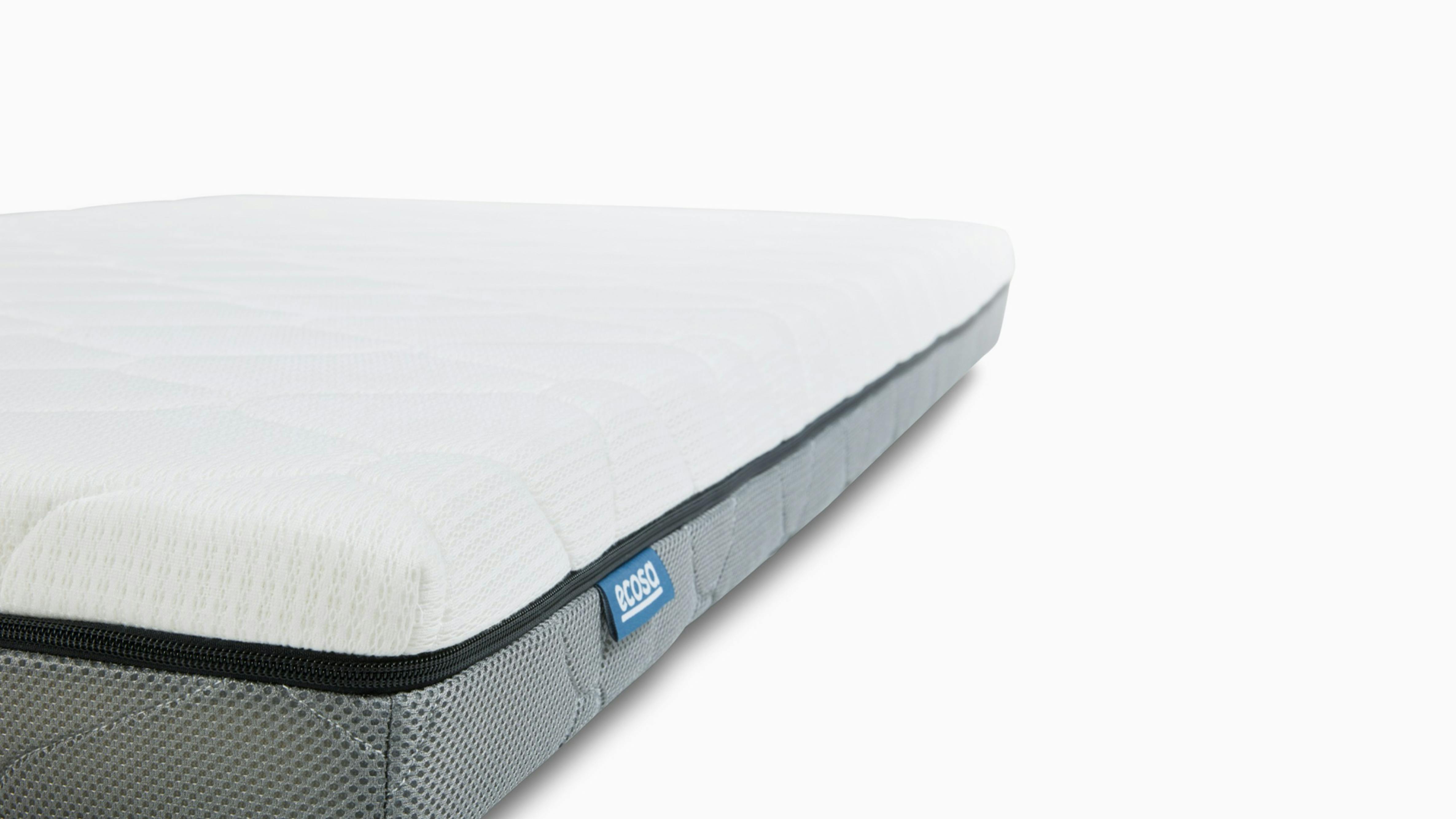1. Sink Strainer
One of the essential parts needed to install a kitchen sink is a sink strainer. This small but vital component is responsible for preventing food particles and debris from clogging up your sink's drain. The strainer sits inside the sink's drain opening and catches any large pieces of food that could potentially cause blockages.
When choosing a sink strainer, make sure to select one that fits the size and style of your sink. Most strainers come in standard sizes, but some sinks may require a specific size or type.
Pro tip: To keep your sink strainer working efficiently, remember to clean it regularly by removing any trapped debris.
2. Plumbers Putty
Plumbers putty is a versatile and essential tool for any plumbing project, including installing a kitchen sink. This soft, moldable substance is used to create a watertight seal between the sink and the countertop. It is typically applied to the underside of the sink's rim before placing it on the countertop.
When choosing plumbers putty, opt for a non-staining formula that is safe for all types of sinks and countertops. It is also essential to properly clean and dry the surfaces before applying the putty for the best results.
Pro tip: Make sure to remove any excess putty that may squeeze out from under the sink's rim for a clean and professional-looking finish.
3. P-Trap
The P-trap is a crucial part of any kitchen sink installation as it connects the sink's drain to the main drain pipe. This curved pipe is designed to retain a small amount of water, which prevents sewer gases from entering your home. It also serves as a trap for any debris that may accidentally go down the drain.
When selecting a P-trap, make sure to choose one that fits the size and style of your sink. You may also need to adjust the trap's length to fit your specific plumbing setup.
Pro tip: To prevent any unpleasant odors, make sure to clean your P-trap regularly by removing any trapped debris.
4. Tailpiece
The tailpiece is a straight pipe that connects the sink's drain to the P-trap. It is usually included in a sink strainer kit and comes in various sizes to fit different sink types. The tailpiece's main function is to carry water from the sink's drain to the P-trap.
When installing a tailpiece, make sure to properly secure it to the sink's strainer and the P-trap for a watertight connection.
Pro tip: Consider using a flexible tailpiece if your sink's plumbing setup is not in a straight line to avoid any unnecessary bends or kinks.
5. Basket Strainer
The basket strainer is an essential part of a kitchen sink as it helps to prevent food particles and debris from clogging up your drain. This component sits inside the sink's drain opening and is typically made of metal or plastic.
When selecting a basket strainer, opt for a high-quality and durable material that can withstand frequent use and won't rust or corrode over time.
Pro tip: To keep your basket strainer working efficiently, make sure to clean it regularly and replace it if it shows signs of wear and tear.
6. Faucet
No kitchen sink is complete without a faucet, which is responsible for delivering water for various tasks, such as washing dishes and hands. When choosing a faucet, consider the style, finish, and functionality to match your kitchen's overall design and your personal preferences.
There are several types of faucets available, including single-handle, double-handle, pull-down, and pull-out. Each type has its own benefits, so it's essential to consider your needs before making a decision.
Pro tip: Consider installing a faucet with a high-arc spout for added convenience, especially when washing larger pots and pans.
7. Supply Lines
Supply lines are the pipes that connect your faucet to the main water supply. These small but vital components are responsible for delivering clean water to your sink. When installing a kitchen sink, make sure to choose high-quality supply lines that are compatible with your faucet and plumbing setup.
There are two types of supply lines: braided and rigid. Braided supply lines are more flexible and easier to install, while rigid supply lines are more sturdy and durable.
Pro tip: Make sure to properly secure the supply lines to prevent any leaks or bursts.
8. Basin Wrench
A basin wrench is a specialized tool used for tightening or loosening nuts and bolts in hard-to-reach places, such as under a sink. It is a must-have tool for installing a kitchen sink as it allows you to reach and tighten the nuts that hold the faucet and other components in place.
When using a basin wrench, make sure to follow the manufacturer's instructions for the best results. It is also essential to use the right size wrench for the specific nuts and bolts you are working on.
Pro tip: Consider purchasing a basin wrench with an extendable handle for added flexibility and ease of use.
9. Silicone Caulk
Silicone caulk is a waterproof, flexible sealant used to fill gaps and create watertight seals. It is an essential part of installing a kitchen sink as it helps to prevent water from leaking between the sink and countertop.
When applying silicone caulk, make sure to use a caulk gun and follow the manufacturer's instructions for the best results. It is also essential to choose a caulk color that matches your sink and countertop for a seamless finish.
Pro tip: To achieve a clean and professional-looking finish, use a damp cloth to smooth out the caulk after applying it.
10. Adjustable Wrench
An adjustable wrench is a versatile tool that can be used to tighten or loosen nuts and bolts of various sizes. It is an essential tool for installing a kitchen sink as it allows you to adjust the size of the wrench to fit different components.
When using an adjustable wrench, make sure to use the correct size and adjust it to fit the specific nuts and bolts you are working on. It is also essential to use it with caution to avoid damaging any components.
Pro tip: Consider investing in a high-quality and durable adjustable wrench for a better grip and longer lifespan.
With these 10 main parts, you have all the necessary components to install a kitchen sink successfully. Remember to choose high-quality materials and tools and follow the manufacturer's instructions for the best results. Happy sink installing!
Additional Parts Needed for Kitchen Sink Installation

Drainage System
 One of the most essential parts needed for installing a kitchen sink is the drainage system. This includes the drain pipe, P-trap, and strainer. The
drain pipe
is responsible for carrying used water out of the sink and into the sewer system. The
P-trap
is a curved piece of pipe that prevents sewer gases from entering your home and also acts as a barrier to catch small items that may accidentally fall down the drain. The
strainer
is a removable basket that sits in the drain opening to catch food scraps and debris, preventing them from clogging the pipes.
One of the most essential parts needed for installing a kitchen sink is the drainage system. This includes the drain pipe, P-trap, and strainer. The
drain pipe
is responsible for carrying used water out of the sink and into the sewer system. The
P-trap
is a curved piece of pipe that prevents sewer gases from entering your home and also acts as a barrier to catch small items that may accidentally fall down the drain. The
strainer
is a removable basket that sits in the drain opening to catch food scraps and debris, preventing them from clogging the pipes.
Mounting Hardware
 Another important component for installing a kitchen sink is the mounting hardware. This includes bolts, brackets, and clips that secure the sink to the countertop. The type of mounting hardware needed will depend on the type of sink you have chosen, whether it is a top-mount or undermount sink. It is important to
choose high-quality and durable hardware
to ensure the sink is properly supported and to prevent any leaks or damage in the future.
Another important component for installing a kitchen sink is the mounting hardware. This includes bolts, brackets, and clips that secure the sink to the countertop. The type of mounting hardware needed will depend on the type of sink you have chosen, whether it is a top-mount or undermount sink. It is important to
choose high-quality and durable hardware
to ensure the sink is properly supported and to prevent any leaks or damage in the future.
Faucet and Water Supply Lines
 No kitchen sink installation is complete without a faucet and water supply lines. The
faucet
is the main fixture that controls the flow of water into the sink. When choosing a faucet, consider the style, finish, and functionality that best suits your kitchen design. The
water supply lines
are the pipes that connect the faucet to the water supply. It is important to choose the appropriate size and type of supply lines to ensure a proper fit and prevent any leaks.
No kitchen sink installation is complete without a faucet and water supply lines. The
faucet
is the main fixture that controls the flow of water into the sink. When choosing a faucet, consider the style, finish, and functionality that best suits your kitchen design. The
water supply lines
are the pipes that connect the faucet to the water supply. It is important to choose the appropriate size and type of supply lines to ensure a proper fit and prevent any leaks.
Sealant and Caulk
 To ensure a watertight seal and prevent any leaks, it is important to use a sealant and caulk during the installation process. The
sealant
is used to create a waterproof barrier between the sink and the countertop, while the
caulk
is used to seal any gaps or spaces between the sink and the surrounding area. It is important to choose a high-quality and waterproof sealant and caulk to prevent any potential water damage.
In conclusion, when installing a kitchen sink, it is important to have all the necessary parts and components. This includes the drainage system, mounting hardware, faucet and water supply lines, and sealant and caulk. By choosing high-quality and durable parts, you can ensure a successful and long-lasting installation. Remember to
carefully plan and measure
before beginning the installation process and always follow the manufacturer's instructions. With the right parts and proper installation, your kitchen sink will not only be functional but also a beautiful addition to your kitchen design.
To ensure a watertight seal and prevent any leaks, it is important to use a sealant and caulk during the installation process. The
sealant
is used to create a waterproof barrier between the sink and the countertop, while the
caulk
is used to seal any gaps or spaces between the sink and the surrounding area. It is important to choose a high-quality and waterproof sealant and caulk to prevent any potential water damage.
In conclusion, when installing a kitchen sink, it is important to have all the necessary parts and components. This includes the drainage system, mounting hardware, faucet and water supply lines, and sealant and caulk. By choosing high-quality and durable parts, you can ensure a successful and long-lasting installation. Remember to
carefully plan and measure
before beginning the installation process and always follow the manufacturer's instructions. With the right parts and proper installation, your kitchen sink will not only be functional but also a beautiful addition to your kitchen design.








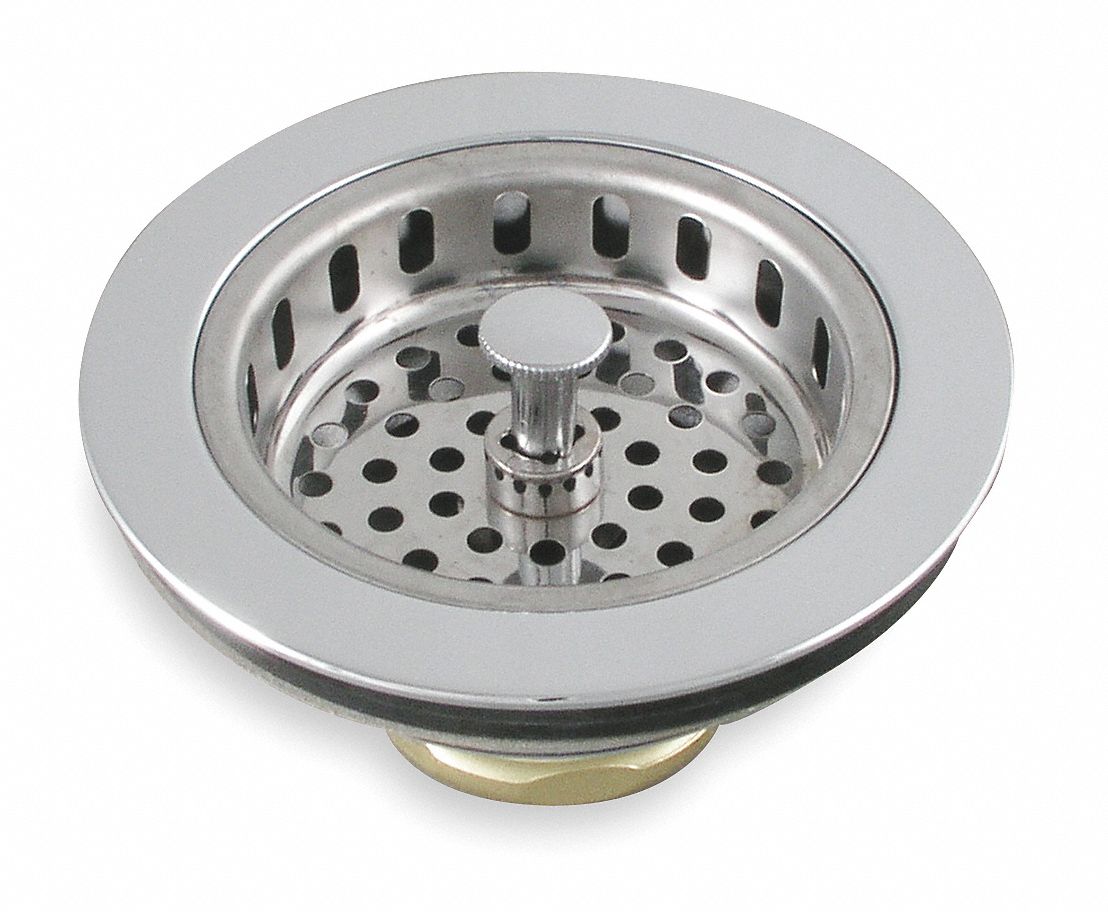








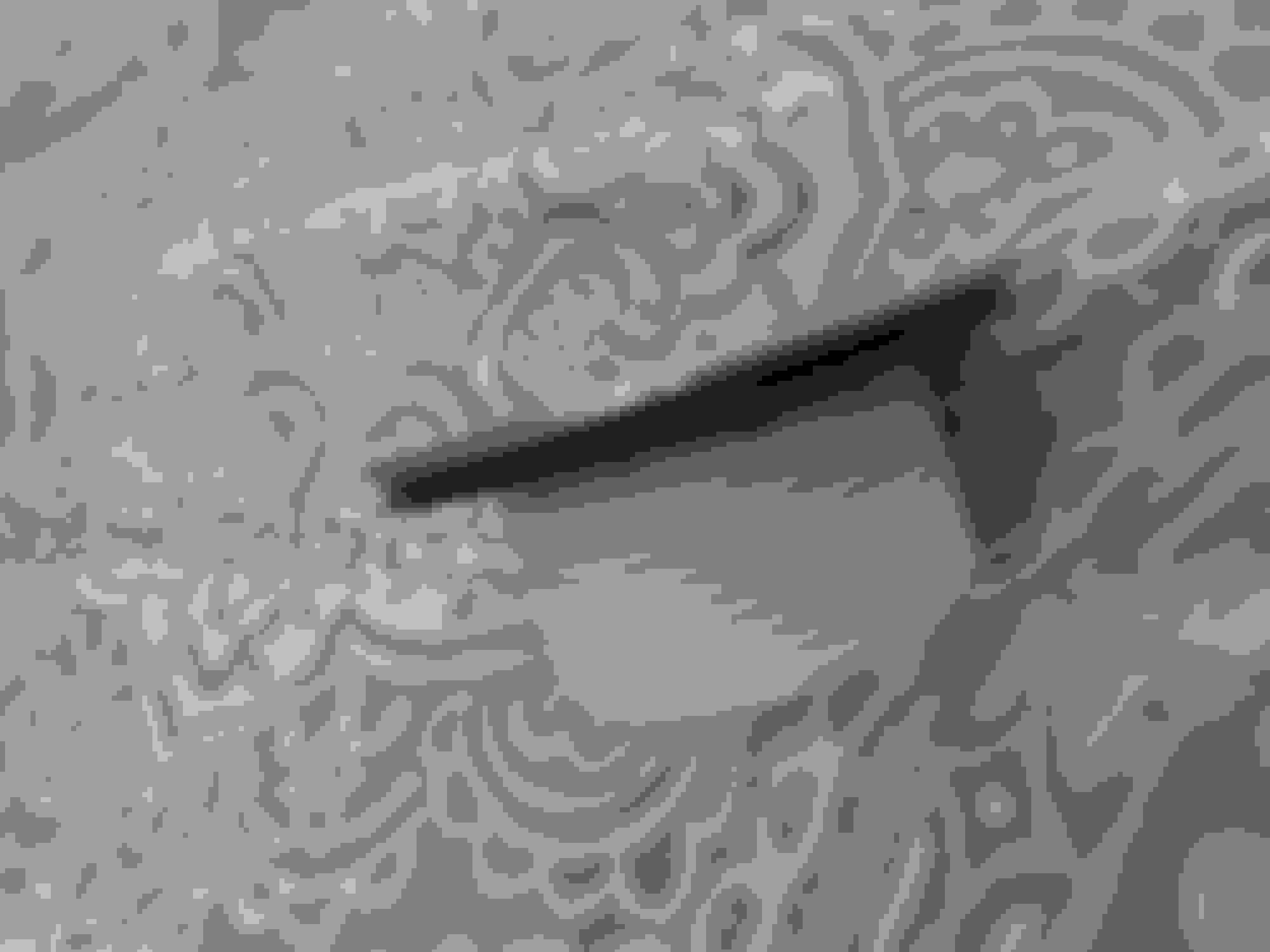




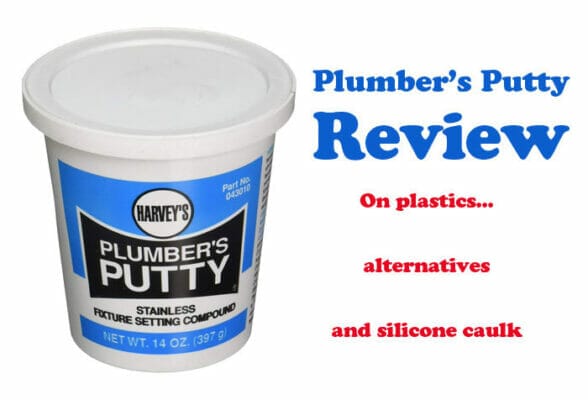








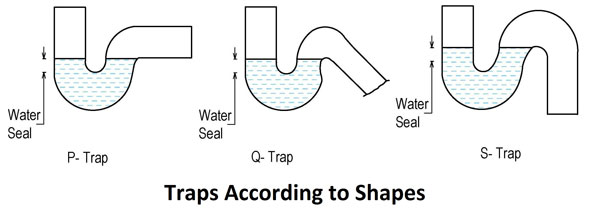
















































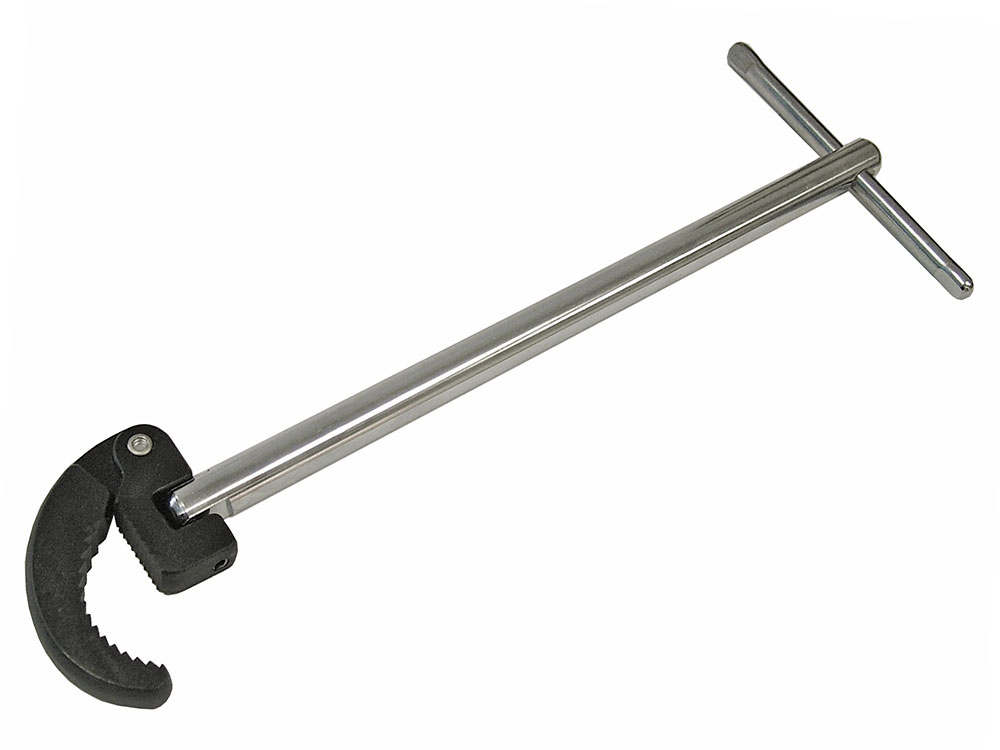


/basin-wrench-58fa35c55f9b581d59cb6d7b.jpg)







